The Book of Changes: The Wisdom of the Far East
One of the most unique, lasting and influential texts that has come down to us from the Far East that in antiquity is the Yijing (I Ching), also known as the Book of Changes. The work has a long history, its roots dating back at least to Bronze Age China with a longstanding interpretative tradition that carried forward for centuries, millennia even, thereafter and exists even to this day[1].
In ancient times the holy sages made the Book of Changes thus:
They invented the yarrow-stalk oracle in order to lend aid in a mysterious way to the light of the gods. To heaven they assigned the number three and to earth the number two; from these they computed the other numbers.
They contemplated the changes in the dark and the light and established the hexagrams in accordance with them. They brought about movement in the firm and the yielding, and thus produced the individual lines.
They put themselves in accord with tao and its power, and in conformity with this laid down the order of what is right. By thinking through the order of the outer world to the end, and by exploring the law of their nature to the deepest core, they arrived at an understanding of fate.[2]
As the historians and philosophers of ancient China tell us, the Yijing was first conceived in Bronze Age China as a divination text, i.e. a text used by rulers and aristocrats to tell the future and/or determine the best course of action given a certain decision or question that was posed to it. [A corollary to the West for example was the Oracle at Delphi in Greece that was known to be consulted by various rulers and aristocrats throughout the Greek classical period. It is said for example that Socrates consulted the Oracle at Delphi regarding who was the wisest man in all of Greece to which the priestess famously replied, “None are wiser than you”.]
In its earliest form, or at least the earliest form known to us, the text is sometimes referred to as the Zhouyi, or Changes of Zhou, and consisted of 64 basic signs or gua, of which just one was selected as a result of the divination process or rite (see below). Each sign had a particular symbol, name, “judgement” assigned to it and an interpretation of the sign that was “divined” based upon the understanding of the priest or scholar who presided over the ceremony who had been trained in the divination process along with the specific question, or advice, that was framed as part of the oracular process.
Each sign consists of a specific symbol and meaning, a chapter heading as it were along with a series of six lines – read from bottom to top – now most commonly referred to as a “hexagram” (as juxtaposed with the three line “trigram” which formed the origin of the six line format; two trigrams were eventually combined to form a hexagram). Each of the lines in a six line hexagram is either a solid line representing yang/male/odd/creative energy or a broken line representing yin/female/even/receptive energy.
Each of the 64 symbols represented a specific state of the universal order which reflected any given situation in the world of man. By determining which sign was significant, and which direction or movement the particular situation represented – a result of the divination process – one could come to an understanding of the given situation, how it was trending and/or its given potential, and so look to act to bring the situation into harmony, or balance. Balance to the ancient Chinese being a sense of harmony between the world of Heaven, the world of Earth, and the world of Man which represented to them the basic three powers of the universal order.
To the authors of the Yijing, the world of Heaven, Earth and Man operated according to the same basic principles and could be understood in terms of the basic forces of the universe that could be summarized into 64 states of being, along with their tendency to change, from which a given situation could be “divined”, or mapped, as a result of the consultation of the “oracle” or Book of Changes. Each sign then, each of the 64 gua, symbolized a specific, unique aspect of the combination of these basic opposing and complementary cosmic and universal forces (yin/yang) which was to be interpreted to signify the state, and advice or fate associated with the particular oracle, as part of the divination ceremony.
This was the original purpose of the text, and it was not until the Warring States period (475-221 BCE) that the Yijing text as it is known today, the canonical version so to speak, was formed which included a detailed commentary as an appendix that expounded upon the philosophical meaning behind the text as well as its history and purpose. In this later form, the text consisted of the 64 original chapters which included the symbol name and meaning, then an explanation of the decision (judgment), commentary on the lines themselves and then the “Commentary”, or Ten Wings, which is an appendix that includes the philosophical import and meaning behind much of the text and ritual of its use that is classically attributed to Confucius (c. 551-479 BCE).
Therefore there is in the Changes the Great Primal Beginning (Tai Chi). This generates the two primary forces. The two primary forces generate the four images. The four images generate the eight trigrams.[3]
It is said that these 64 hexagrams which form the core of the Yijing to this day, were originally conceived as eight primary gua (three line trigrams as opposed to the 6 line hexagrams which became part of the standard text as it matured) by the mythical king/hero like figure from Chinese antiquity named Fu Xi (sometimes Fu Hsi). He is credited in some traditions with not only creating the eight primary gua (or bagua, literally “eight symbols”) of the Yijing, but also with the invention of fishing, cooking, hunting and even writing – the Chinese Prometheus one could think of him as.
It is said that Fu Xi originally created what is known as the Earlier Heaven sequence of trigrams, with the trigram representing the Heaven at the top (South), the Earth at the bottom (North), the Moon or Water in the West and the Sun or Fire to the East. These were the four cardinal points, and the four primary constituents of the cosmic order. To these were added the trigrams representing Lake, Wind, Thunder and Mountain in the various positions around the sequence, yielding not only an ordered sequence of 8 (2 cubed) trigrams/symbols around a primary circle but also yielding two concentric circles or systems of movement around the circle – from Heaven to Thunder moving counter clockwise (12 o’clock to 7 o’clock) and then from Wind to Earth moving clockwise (1 o’clock to 6 o’clock), reflecting the basic flow of universal energy in waxing and waning from balance to imbalance and back again from which the classic yin/yang symbol we know so well in the West today was created[4].
It is said that King Wen created the Later Heaven eight primary gua circular sequence which is the sequence that survives and is associated with the classical canon version of the text today along with the “accomplished” 64 hexagram gua sequence which stems from this bagua arrangement which bears his name, i.e. the King Wen sequence[5]. The commentary on the individual lines that accompanies each hexagram is attributed to King Wen’s son, the legendary scholar and statesman the Duke of Zhou who, along with this work on the Yijing, is also attributed with consolidating the power of the Zhou Dynasty from its preceding rulers the Shang.
From its earliest inception then, the line diagrams, the gua – in either their eight primary or 64 accomplished form – constituted states of being as it were, along with the propensity, their potential to change from one state to the other moving from balance and harmony to imbalance and chaos and back again. And it was believed that with a better understanding of these states, and the system of change from which they reflected, one could better understand reality, along with of course one’s current situation which was reflected in a given consultation with the text (or oracle) and thereby achieve cosmic harmony.
[1] The earliest extant versions of the actual text are dated from around 300 BCE although its clear not just from the archaeological and historical record but also from the linguistic/philological analysis of the text that it has origins from much earlier. The date of the creation of the text itself, at least in its basic hexagram form as it has been handed down to us through the Chinese philosophical tradition, is from at least no later than the Western Zhou period of Chinese antiquity (c. 1045-771 BCE). See Teaching the I Ching (Book of Changes) by Geoffrey Redmund, and Tze-ki Hon, Oxford University Press 2014 Chapter 2, pg. 39-40.
[2] The I Ching or Book of Changes, Wilhelm/Baynes. Princeton University Press, Third edition, 1967. Commentary, Shuo Kua: Discussion of the Trigrams – chapter 1 verse 1. pg. 262
[3] The I Ching or Book of Changes, Wilhelm/Baynes. Princeton University Press, Third edition, 1967. Commentary, Ta Chuan (The Great Treatise, Great Commentary) Chapter XI verse 5. pg. 318
[4] The balance of dark and light, the process of change from a state of equilibrium and balance to disharmony and chaos and back again, which underlies not only the cosmic and philosophy of the Yijing but also Daoism (Taoism) as well. This is the meaning of the classic Yin/Yang Dark and Light symbol that is so familiar to us in modern times reflecting the wisdom of the Far East.
[5] It is said that this alternative arrangement, along with the accomplished gua that accompanied it, were created while King Wen was imprisoned for seven years and spent his time studying the symbols and Fu Xi’s original, cosmic arrangement.

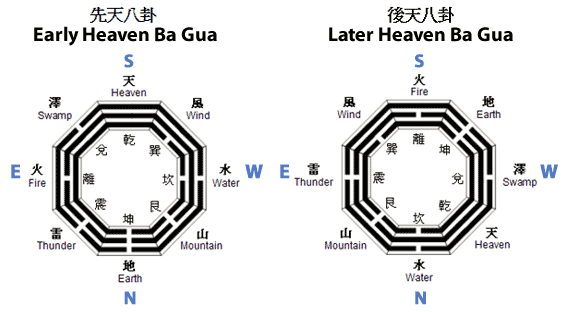
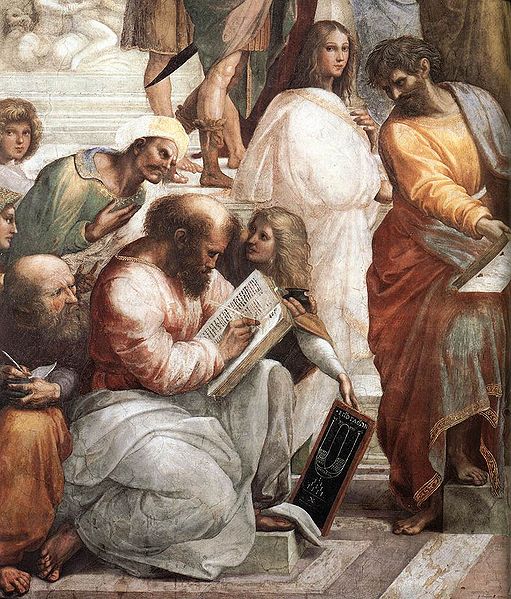


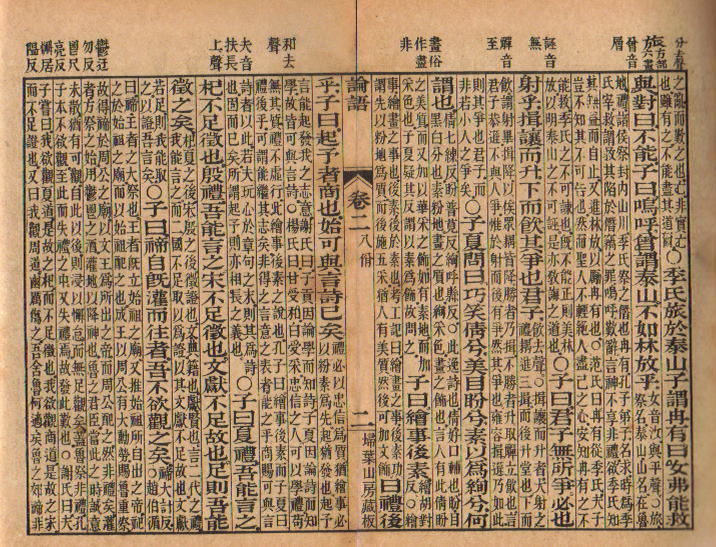
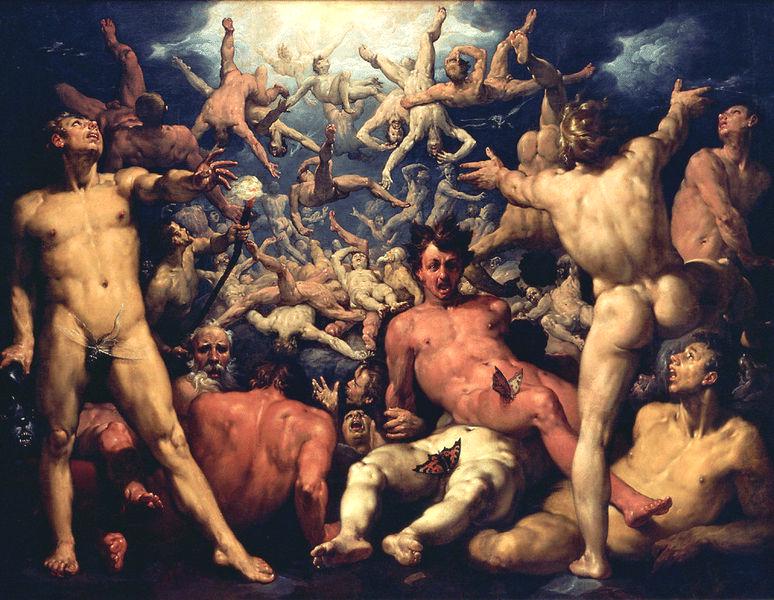

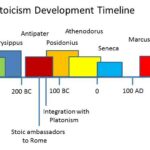

Trackbacks & Pingbacks
[…] the Book of Changes, its origins and history and how it was used for divination purposes please see https://snowconesdiaries.com/2015/09/24/the-book-of-changes-the-wisdom-of-the-far-east/ and […]
Leave a Reply
Want to join the discussion?Feel free to contribute!